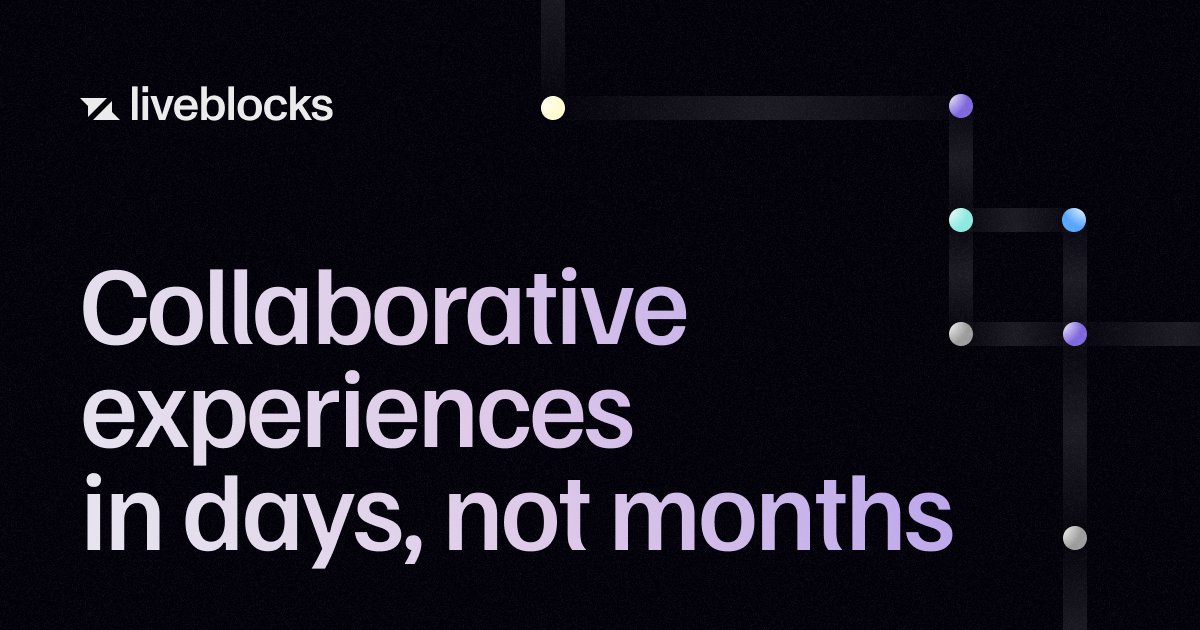- Sloth Bytes
- Posts
- 🦥 Why are Data Structures and Algorithms So Important??
🦥 Why are Data Structures and Algorithms So Important??

Hello friends!
Welcome to this week’s Sloth Bytes. I hope you had an amazing week 😁

Sloths smell like the jungle
Sloths smell fresh, green, and a little bit earthy. Smelling like the rainforest is a great way to hide from predators with a good sense of smell.

Data Structures and Algorithms

In previous issues, I’ve covered some data structures and algorithms, but it seems many of you are beginners in this subject, so let’s talk about the basics.
What Are Data Structures and Algorithms?
Data Structures are ways to organize and store data in computers so we can use it efficiently. Imagine them as containers that hold data in specific layouts.
Algorithms are step-by-step instructions or recipes for solving problems. They tell the computer how to process the data.
Why Are They Important?
Efficient Problem-Solving: Choosing the right data structure and algorithm can make your programs run faster and use resources more effectively.
Foundation of Software Development: They are the building blocks of all software applications, influencing how data is managed and operations are performed.
Scalability: Good understanding helps in designing systems that can handle growth in data and users without performance issues.
Optimization: Allows developers to improve the speed and efficiency of applications, making them more responsive and cost-effective.
Technical interviews (unfortunately): They’re often used for technical interviews for jobs.
Real-World Applications
Search Engines: Use algorithms to find and rank web pages that match search queries. (So basically Google)
Navigation Systems: Calculate the quickest or shortest routes between locations. (Google maps, Apple maps, Uber, etc)
Social Media Platforms: Manage and display vast amounts of user content smoothly. (Facebook, Instagram, etc)
Online Shopping: Handle inventory, process transactions, and recommend products efficiently. (Shopify)
Financial Services: Process large numbers of transactions securely and quickly.
Benefits of Understanding Data Structures and Algorithms
Enhanced Problem-Solving Skills: Improves logical thinking and the ability to tackle complex challenges.
Efficient Coding: Leads to writing cleaner, faster, and more maintainable code.
Better System Design: Helps in creating robust and scalable software architectures.
Competitive Edge: Provides an advantage in the job market and career growth.
Academic Success: Essential for computer science studies and related fields.
Challenges in Learning Them
Abstract Concepts: Can be hard to understand without real-life examples or pictures.
Mathematical Understanding: Sometimes requires basic knowledge of math principles.
Requires Practice: You can become an expert by practicing coding and solving problems regularly over time.
Careers That Benefit from This Knowledge
ALL CAREERS BECAUSE THEY TEST YOU WITH THEM
Ok but seriously:
Software Engineer
Role: Develop and maintain software applications.
Benefit: Write efficient and effective code that performs well.
Data Scientist
Role: Analyze and interpret complex data to aid decision-making.
Benefit: Use algorithms to process and make sense of large datasets.
Systems Analyst
Role: Design and implement IT solutions to meet business needs.
Benefit: Optimize systems for better performance and scalability.
Database Administrator
Role: Manage and organize data to ensure its accessibility and security.
Benefit: Efficiently structure data storage for quick retrieval and updates.
Machine Learning Engineer
Role: Develop systems that can learn and make predictions from data.
Benefit: Implement algorithms that enable machines to perform tasks without explicit instructions.
Tips for Getting Started
Grasp the Basics: Start with understanding fundamental concepts and terminology.
Use Visual Tools: Diagrams and flowcharts can help make sense of complex ideas.
Hands-On Practice: Apply what you learn through coding exercises and small projects.
Learn Incrementally: Build your knowledge step by step, without rushing through topics.
Join Communities: Engage with study groups or online forums to share knowledge and resources.
Hope you understand why they’re so important! Stay curious. 🦥

Receive Honest News Today
Join over 4 million Americans who start their day with 1440 – your daily digest for unbiased, fact-centric news. From politics to sports, we cover it all by analyzing over 100 sources. Our concise, 5-minute read lands in your inbox each morning at no cost. Experience news without the noise; let 1440 help you make up your own mind. Sign up now and invite your friends and family to be part of the informed.




Thank you to everyone who submitted 😃
and last but not least!

Video Length in Seconds
You are given the length of a video in minutes. The format is mm:ss (ex: "02:54").
Create a function that takes the video length and return it in seconds.
Examples
minutesToSeconds("01:00") = 60
minutesToSeconds("13:56") = 836
minutesToSeconds("10:60") = -1
minuteToSeconds("121:49") = 7309Notes
The video length is given as a string.
If the number of seconds is 60 or over, return
-1(see example #3).You may get a number of minutes over 99 (e.g.
"121:49"is perfectly valid).
How To Submit Answers
Reply with
A link to your solution (github, twitter, personal blog, portfolio, replit, etc)
or if you’re on the web version leave a comment!

Another video posted! Go check it out
Working on the next video 😄
This next video will be a little different. It’s going to be about how google works. I’ve been doing some research on search engines and I thought it would be a fun topic to make a video about.
That’s all from me!
Have a great week, be safe, make good choices, and have fun coding.
See you all next week.



/cdn.vox-cdn.com/uploads/chorus_asset/file/25628459/paypal_new_logo_2024_bigger.jpg)
/cdn.vox-cdn.com/uploads/chorus_asset/file/25627848/YouTube_Hype.jpg)





Reply